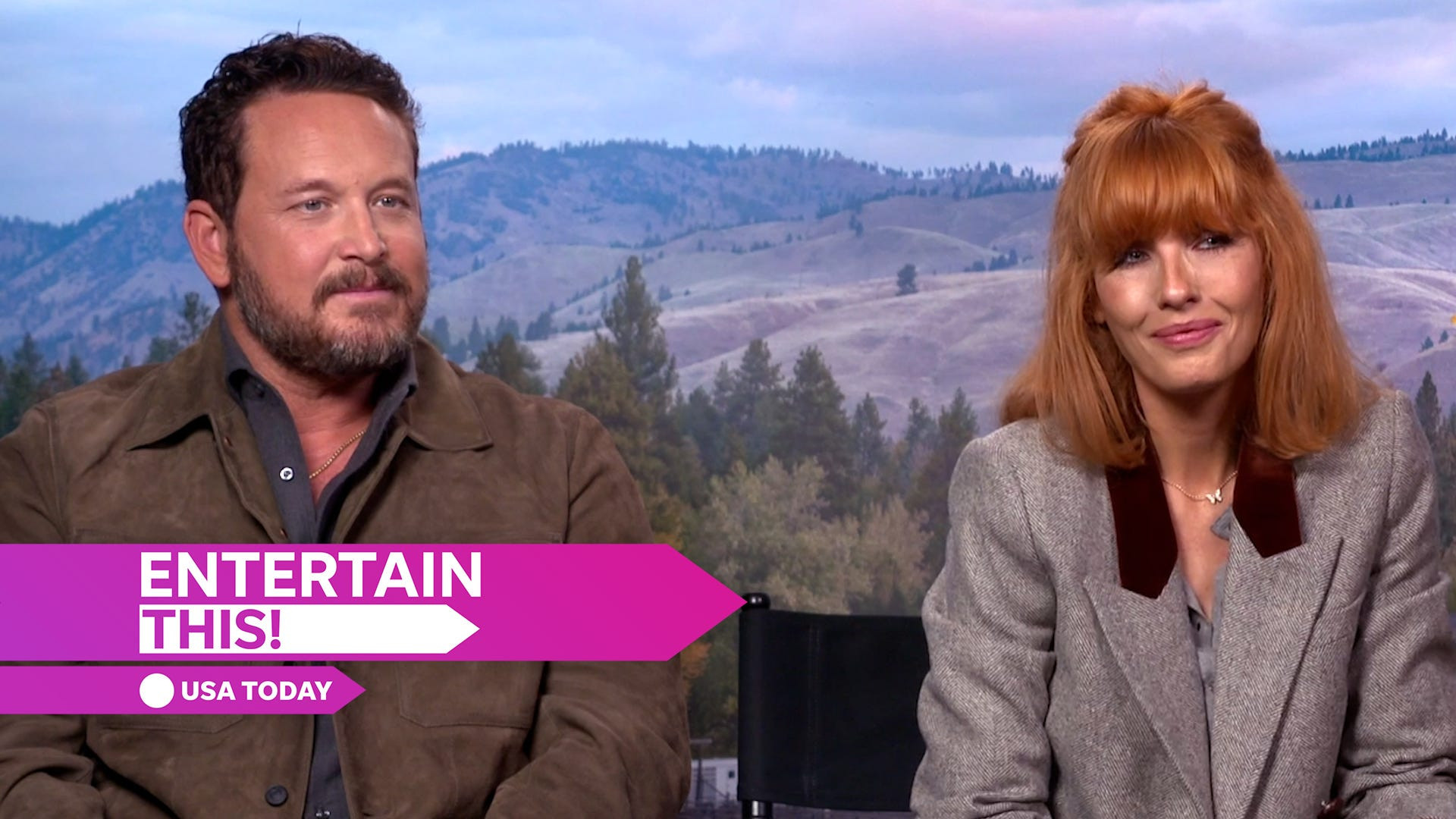The premiere of “Yellowstone” Season 5 Part 2 delivered a shocking blow to fans: the brutal death of patriarch John Dutton, played by Kevin Costner. After weeks of anticipation following his disappearance, the episode revealed the grim fate of the Montana governor in a flashback sequence that left no room for ambiguity. But How Does John Dutton Die in such a decisive and unceremonious manner?
The episode unveils a meticulously planned assassination, far removed from the heroic standoffs and dramatic confrontations typically associated with John Dutton. Director Christina Voros, in an interview with USA TODAY, emphasizes the stark reality of this demise. Instead of a blaze of glory, Dutton is taken down in his most vulnerable state – asleep in his own home. Three masked assailants, described as “brutally efficient professionals,” infiltrate his ranch, carry the sleeping Dutton to his bathroom, and stage his death as a suicide by forcing a gun into his hand.
This method of execution is deliberately jarring, a “gross violation” of everything John Dutton represented. Voros explains that showing this brutal scene was not gratuitous but narratively essential. “It’s such a militaristic operation that no amount of exposition would make it work. You have to see it to understand what happened,” she asserts. The visual depiction conveys the cold, calculated nature of the attack and the helplessness of a character known for his strength and control.
 John Dutton and the iconic Yellowstone ranch landscape featured in the hit TV series
John Dutton and the iconic Yellowstone ranch landscape featured in the hit TV series
The Morgue Scene: Kayce Dutton’s Pursuit of Truth
The episode doesn’t shy away from the aftermath of Dutton’s assassination, extending the on-screen trauma with a detailed morgue examination. This scene, featuring John Dutton’s body, might be unsettling for viewers, but Voros argues it serves a crucial narrative purpose. Loyal son Kayce Dutton, portrayed by Luke Grimes, embodies the audience’s need for answers and closure. Driven by suspicion of the suicide ruling, Kayce demands a second, more thorough examination of his father’s body.
Kayce’s insistence on witnessing the re-examination in the morgue is not just about morbid curiosity; it’s about the desperate search for truth. Voros clarifies, “Unless Kayce looks at the body, he will not get the answers he seeks… It’s not death for death’s sake. It’s this bruise here, this laceration. The answers that could bring us to justice lie in that body. It’s the key to unlocking the truth and ensuring the right people are held accountable.” The morgue scene, therefore, becomes a pivotal point in the unfolding narrative, prompting Kayce’s investigation and fueling the quest for justice in the wake of John Dutton’s demise.
John Dutton’s Fate: Narrative Choice or Off-Screen Drama?
The brutal nature of John Dutton’s death and the manner in which it’s depicted have led to speculation about its connection to the well-publicized conflict between Kevin Costner and “Yellowstone” co-creator Taylor Sheridan. With Costner’s departure from the series confirmed, questions arise whether Dutton’s unceremonious exit was influenced by this off-screen tension.
Voros acknowledges the speculation but suggests that the decision to kill off John Dutton was a long-standing narrative plan, independent of any real-world drama. She points to the archetypal nature of the “death of the king” in generational dramas, dating back to Shakespearean tragedies. “My sense is that was always where we were going,” she states, implying that Dutton’s death was always envisioned as a crucial turning point in the “Yellowstone” saga.
However, Voros also hints that the specifics of Dutton’s death, including the graphic morgue scene, might have been different had Costner remained part of the planned series finale. “Whether we would have gotten here this way, in a different universe. I can’t answer that,” she admits. This leaves room for interpretation, suggesting that while Dutton’s death was likely always intended, the brutality and visibility of it might have been amplified by the circumstances surrounding Costner’s exit.
Unexpected Deaths: “Yellowstone’s” Strategy for Suspense
John Dutton’s death isn’t the only shocking demise in this episode. Sarah Atwood, the cunning lawyer who posed a significant threat to the Dutton family, also meets a sudden and unexpected end. Murdered by assassins disguised as minivan drivers, Sarah’s death, like Dutton’s, subverts audience expectations of a final showdown with Beth Dutton.
Voros explains that these surprise deaths are a deliberate narrative strategy employed by Taylor Sheridan to maintain suspense and avoid predictable storylines. “If you hit every single one of those marks, there’s no surprise left,” she states. By denying viewers the anticipated confrontations and delivering unexpected deaths, “Yellowstone” keeps its audience engaged and off-balance. The deaths of John Dutton and Sarah Atwood serve as stark reminders that in the ruthless world of “Yellowstone,” no character, no matter how central or formidable, is safe from sudden and brutal elimination.
In conclusion, John Dutton’s death in “Yellowstone” is portrayed as a brutal and calculated assassination, designed to shock viewers and propel the narrative into its next phase. The explicit depiction of his death and the subsequent morgue scene are justified by the director as necessary for conveying the gravity of the event, driving Kayce’s storyline, and upholding the show’s commitment to unpredictable storytelling. Whether influenced by off-screen events or purely a narrative choice, John Dutton’s demise marks a seismic shift in “Yellowstone,” leaving fans to grapple with the loss of its central figure and anticipate the fallout from his violent end.
